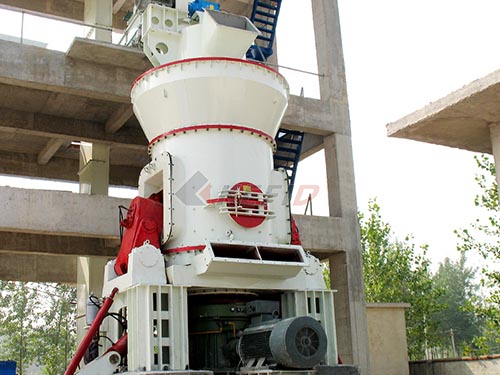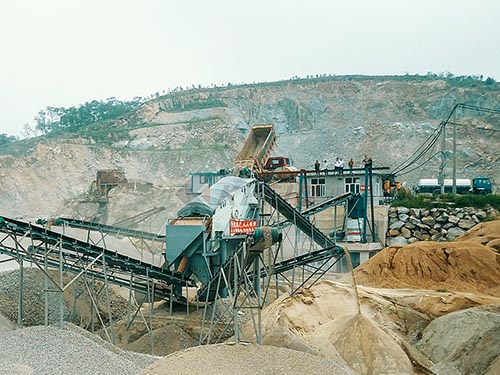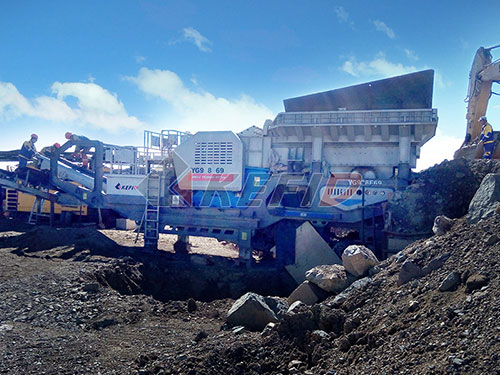Navigating the True Cost of Used Terex Crushers in Argentina’s Dynamic Market
The rhythmic thud of rock meeting steel, the steady hum of a powerful diesel engine – these are the sounds of progress on an Argentine quarry site or mining operation. For project managers and procurement specialists facing budget constraints without compromising on reliability, used Terex crushers present a compelling solution. However, understanding the total price of acquiring and operating such machinery in Argentina requires moving far beyond the initial sticker price. It demands a deep dive into a complex equation influenced by market volatility, logistical hurdles, regulatory frameworks, and operational realities unique to this resource-rich nation.

Beyond the Auction Listing: Deconstructing “Total Price”
The advertised price for a used Terex jaw crusher (like a popular J-1170) or cone crusher (such as a TC-1000) might catch your eye on an international marketplace. Yet, this figure is merely the starting point. The true total cost encompasses a cascade of expenses:

1. The Machine Itself (Base Price & Condition):
Model & Configuration: A high-demand primary jaw crusher like the J-1175 will command significantly more than an older secondary cone unit. Features like onboard prescreens (e.g., CR034 model variants) or magnet options add value.
Hours & Maintenance History: Low-hour machines (<5,000 hours) with verifiable service records from reputable sources are premium assets. Units exceeding 10,000 hours require thorough scrutiny and carry higher inherent risk.
Physical Condition: Wear parts status (liners, jaws, concaves), structural integrity (frame welds), hydraulic system health (pumps, cylinders), electrical system condition, and undercarriage wear are critical assessment points impacting immediate refurbishment costs.
Origin & Provenance: Units sourced directly from well-maintained operations in regions with similar operating conditions (e.g., Chile or Peru) often hold more value than those coming from vastly different environments.
2. The Argentine Import Equation: Duties and Taxes:
Customs Valuation: Argentine Customs (`Aduana`) determines the taxable value (`Valor en Aduana`). This is often based on the CIF (Cost, Insurance, Freight) value but can be adjusted if they deem the declared value too low. Professional customs brokerage is essential.
Import Duties (`Derechos de Importación`): The

Leave a Reply